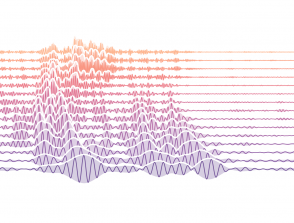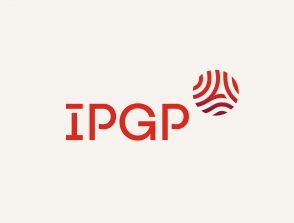Ship detection and tracking from ocean-bottom seismometer observations
Start: 01 October 2017
End: 07 January 2021
Supervisors :
Guilhem Barruol, Richard Dreo
Related teams :
Seismology, Sismologie
Status: Defended
Within the framework of the RHUM-RUM (Réunion Hotspot and Upper Mantle – Unterer Mantel Meetings) experiment, 57 seismometers have been deployed around La Réunion Island. Analysis of the recordings shows that these instruments recorded signals identified as being due to the passage of ships. Based on the archives of the trajectories of ships crossing in the Indian Ocean not far from these instruments, this thesis develops methods aiming at detecting and locating acoustic sources in a frequency range located between the field of seismology and underwater acoustics (1- 50 Hz). A first work of calibration of seismometers for this task is developed and is based on the knowledge of the trajectory of ships to find the orientation and the exact localization of the devices on the bottom of the ocean. This task is by nature difficult during the deployment of this type of device and often requires time-consuming methods. A detection and tracking method applicable to merchant ships passing less than 100 kilometres away is then developed. This method is adaptable to other oceanic acoustic sources such as whales. To reconstruct the trajectories of acoustic sources, this work is based: on a detailed study of the multi-path propagation of waves from the surface of the oceans to their bottom; on the combined use of the three-component seismometer and the hydrophone as an acoustic vector-sensor; on methods capable of dealing with continuous and inherently random signals such as the noise emitted by ships. The use of a Bayesian approach allows the construction of optimal detectors with regard to the physical and statistical a priori available. This thesis inaugurates the study of ship noise by seafloor seismometers in two ways. Ship noise can be used as a source of opportunity and allows inversions on parameters of interest. Ocean-bottom seismometers can be used as ocean observers and can serve as maritime surveillance tools.






